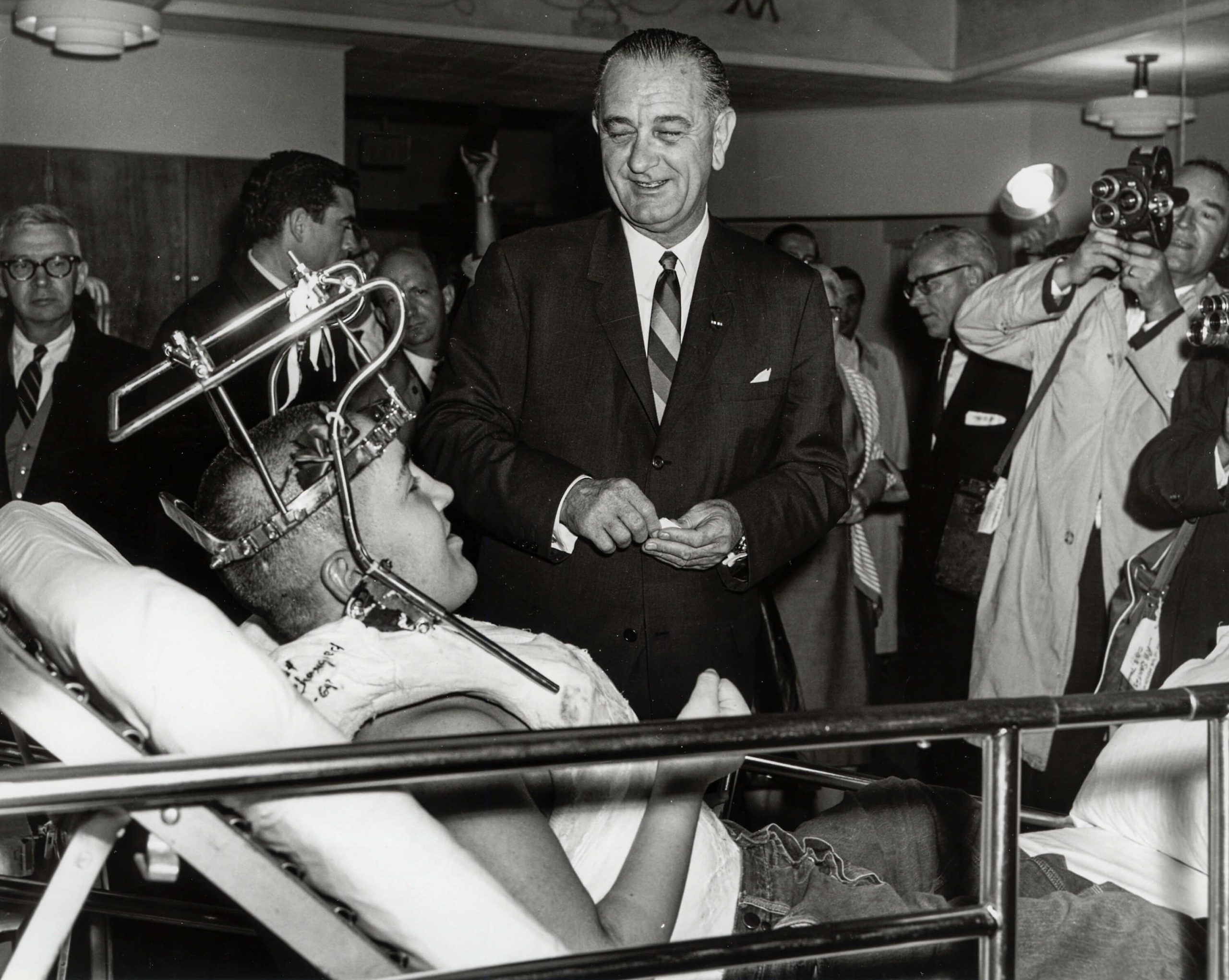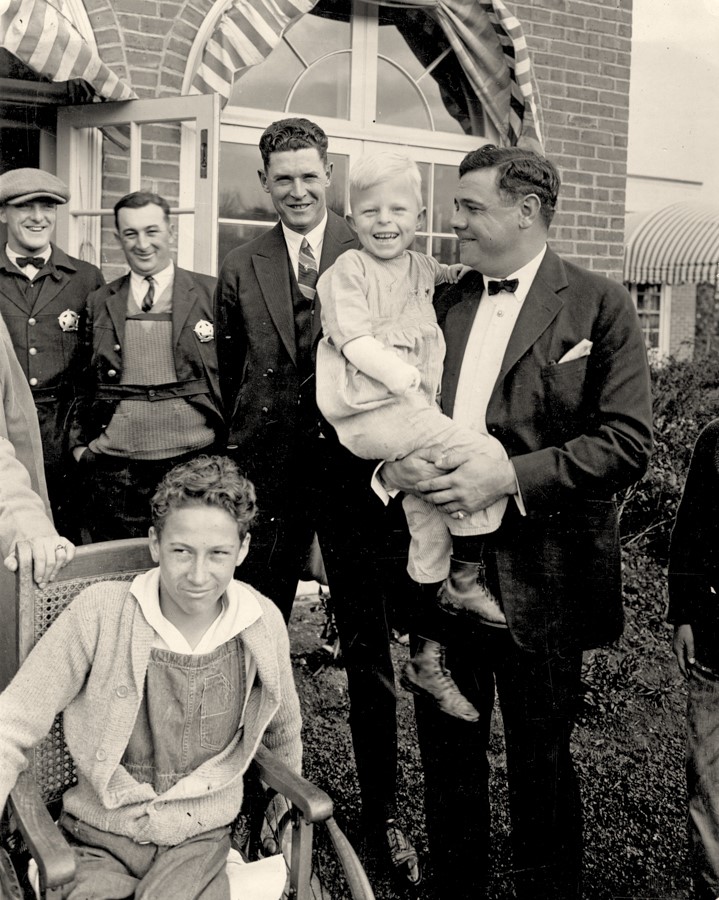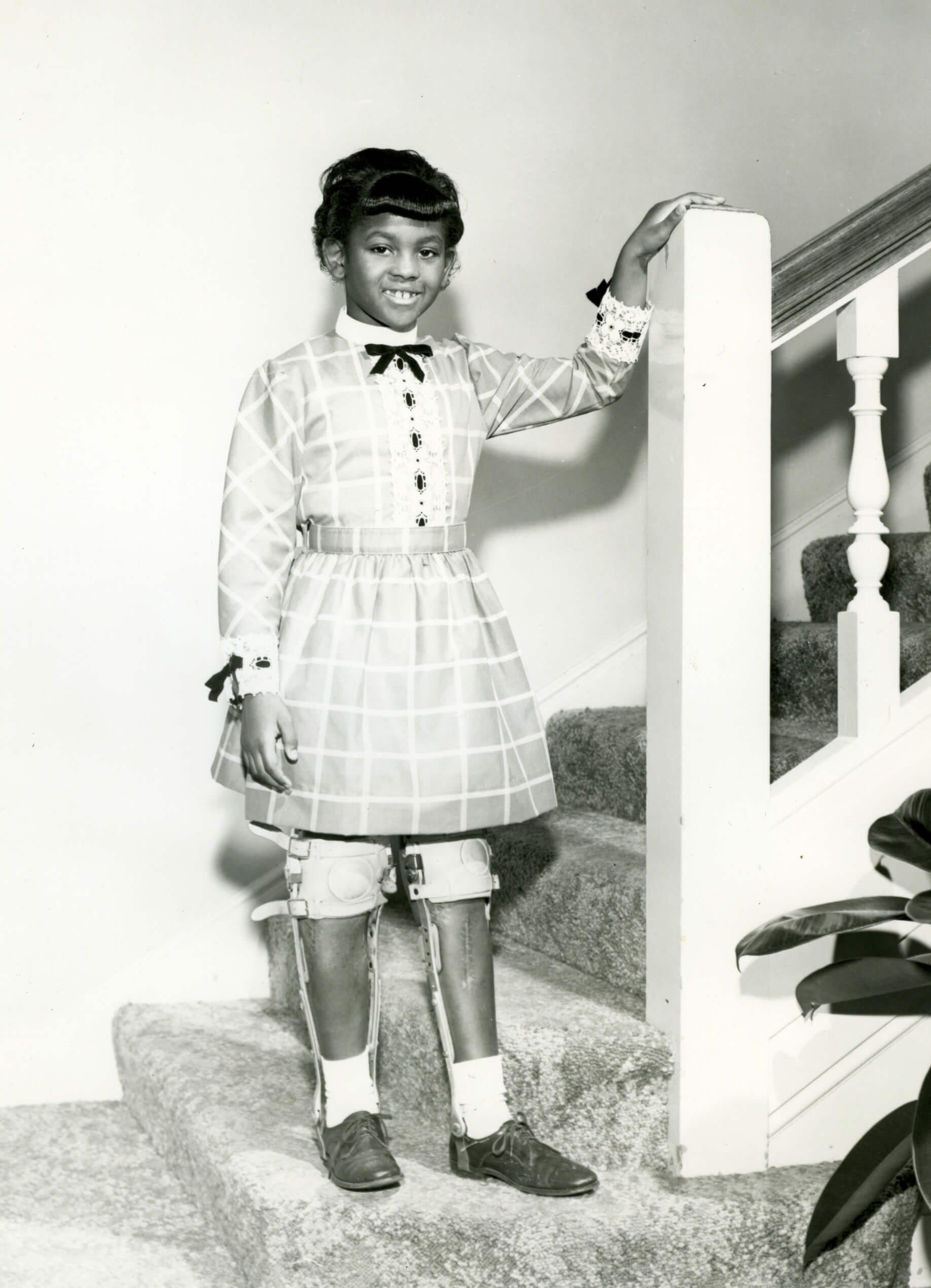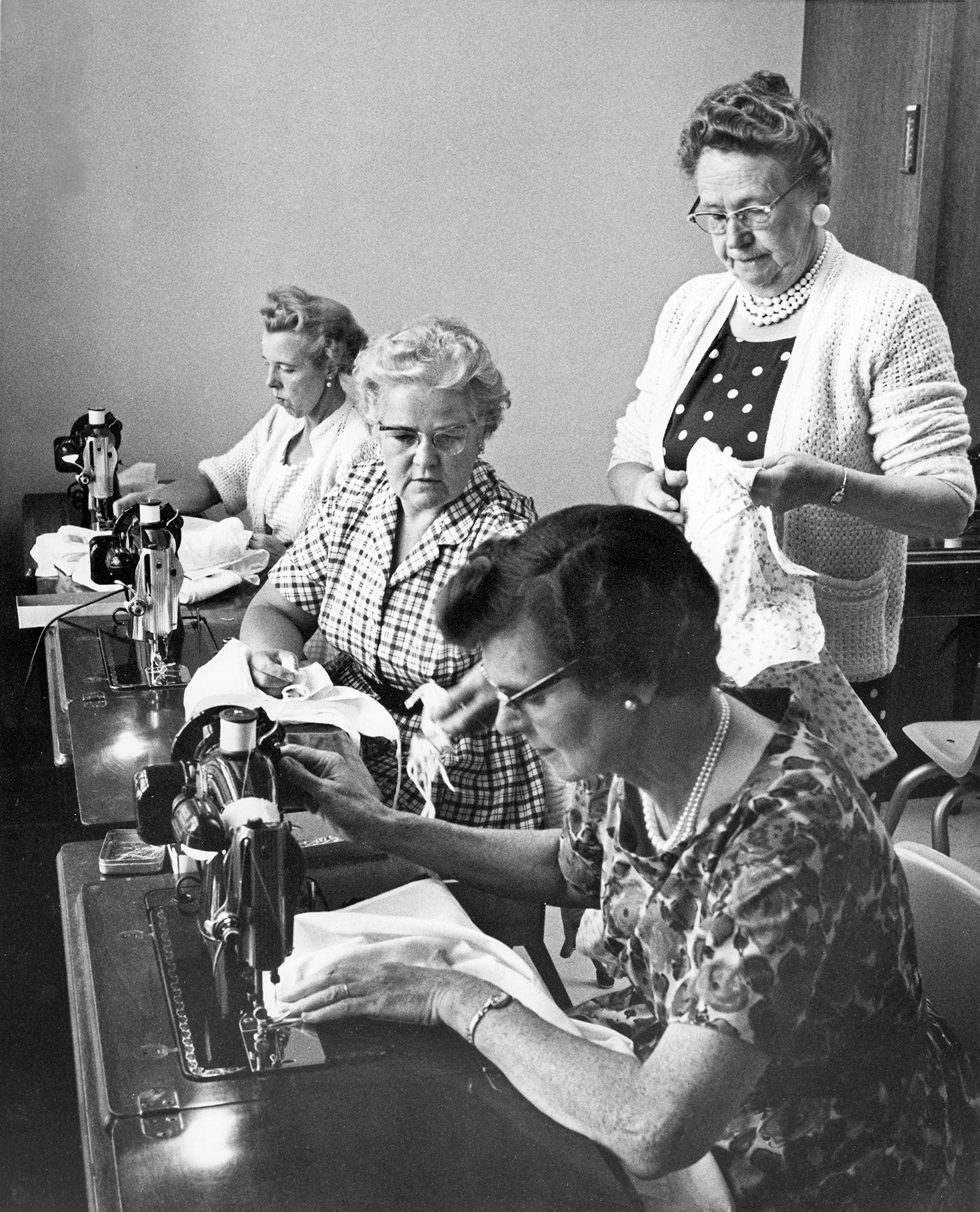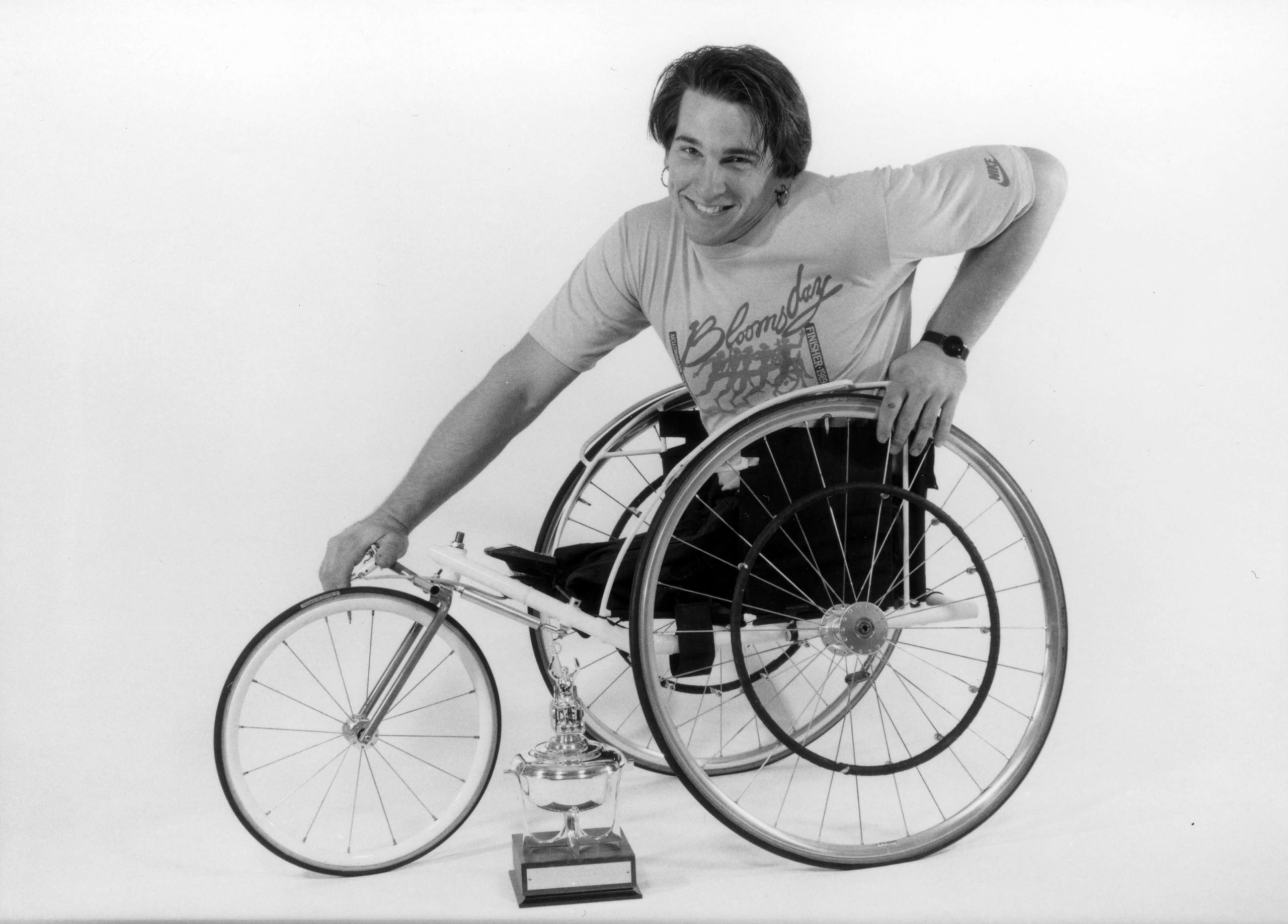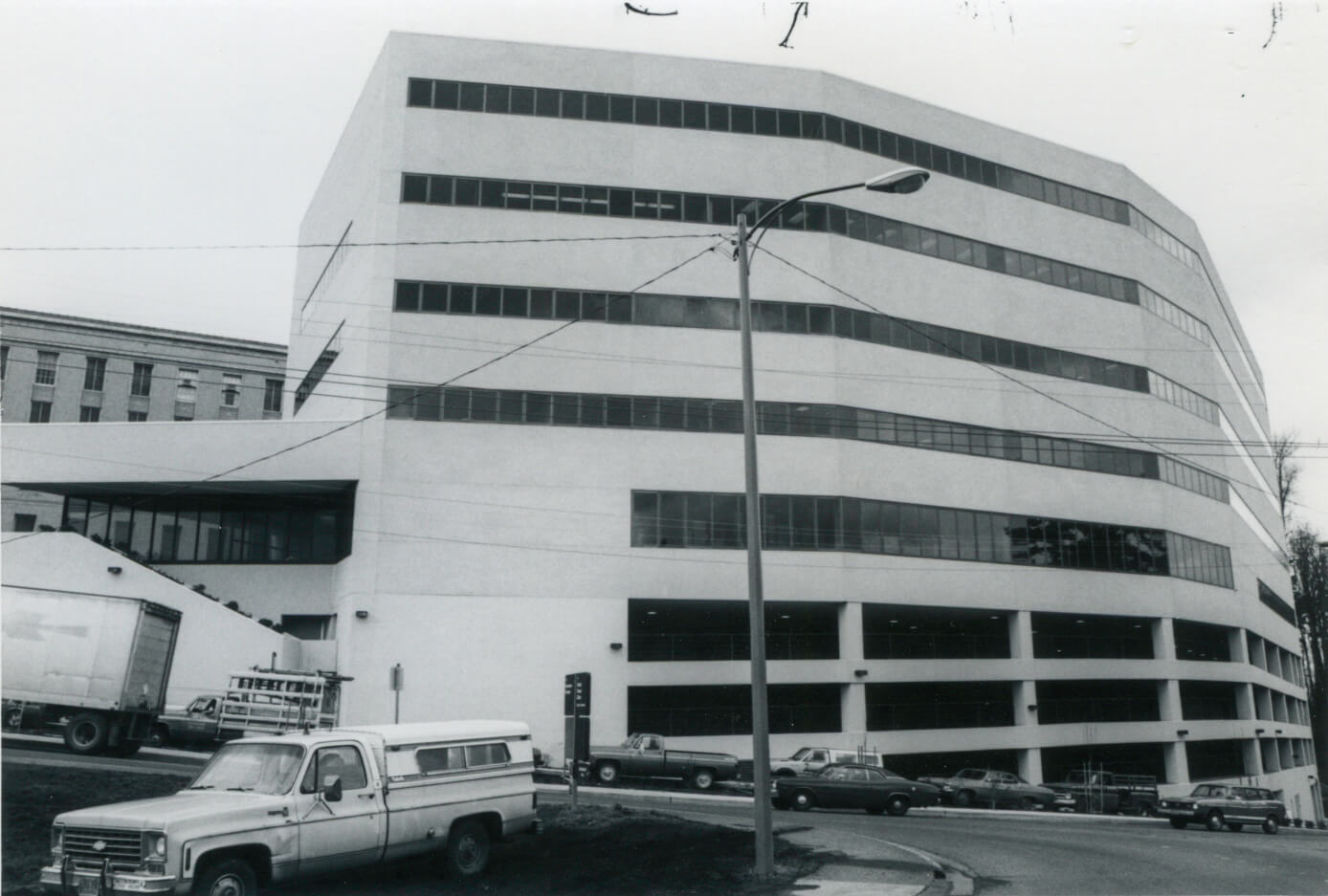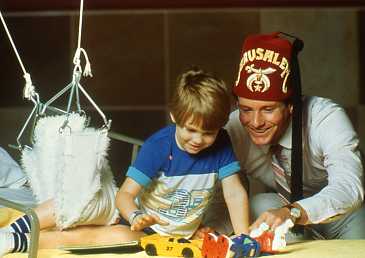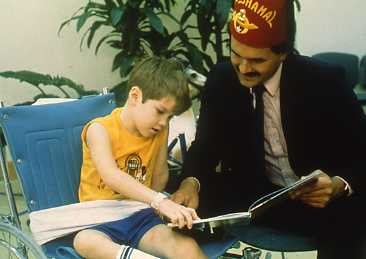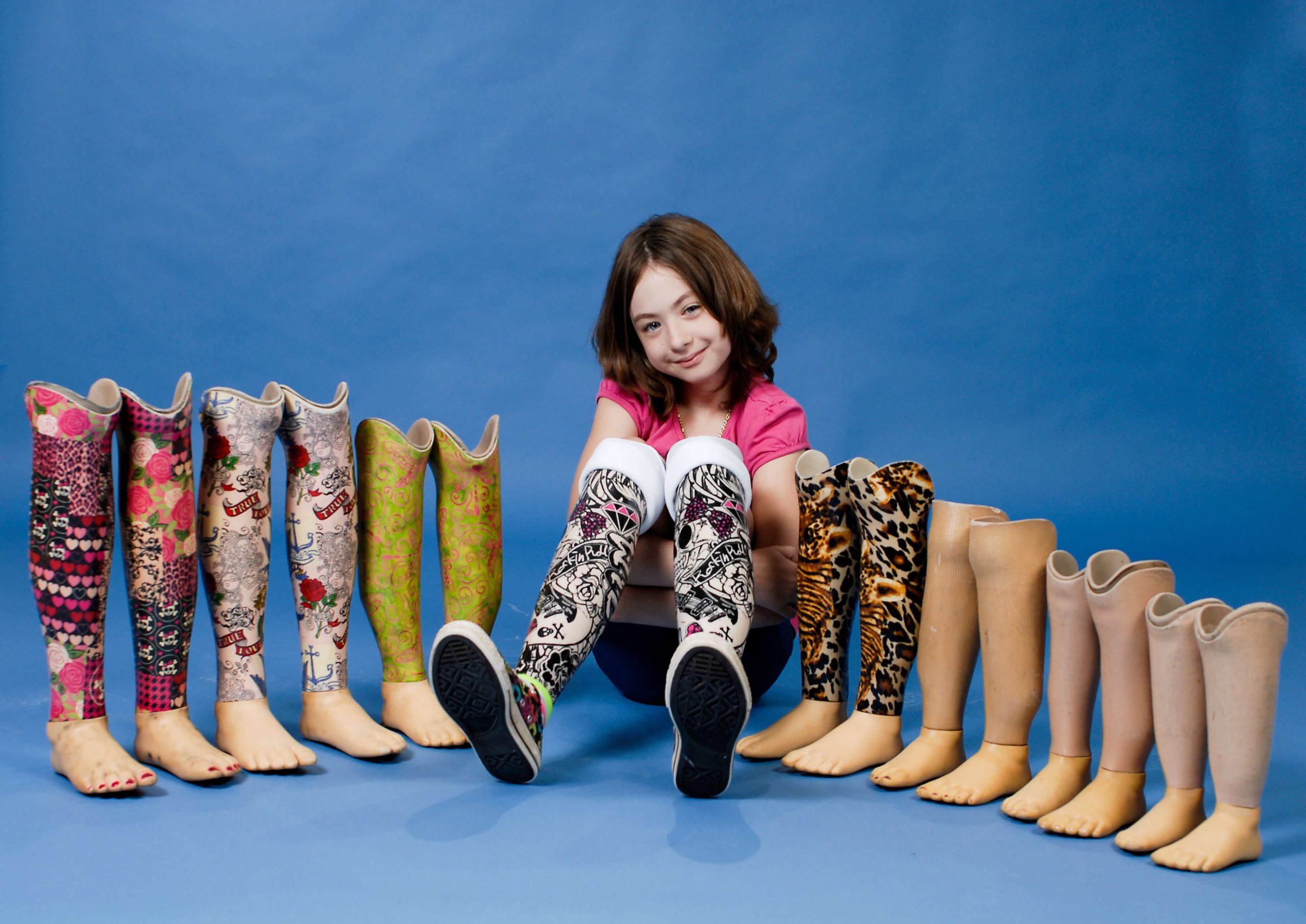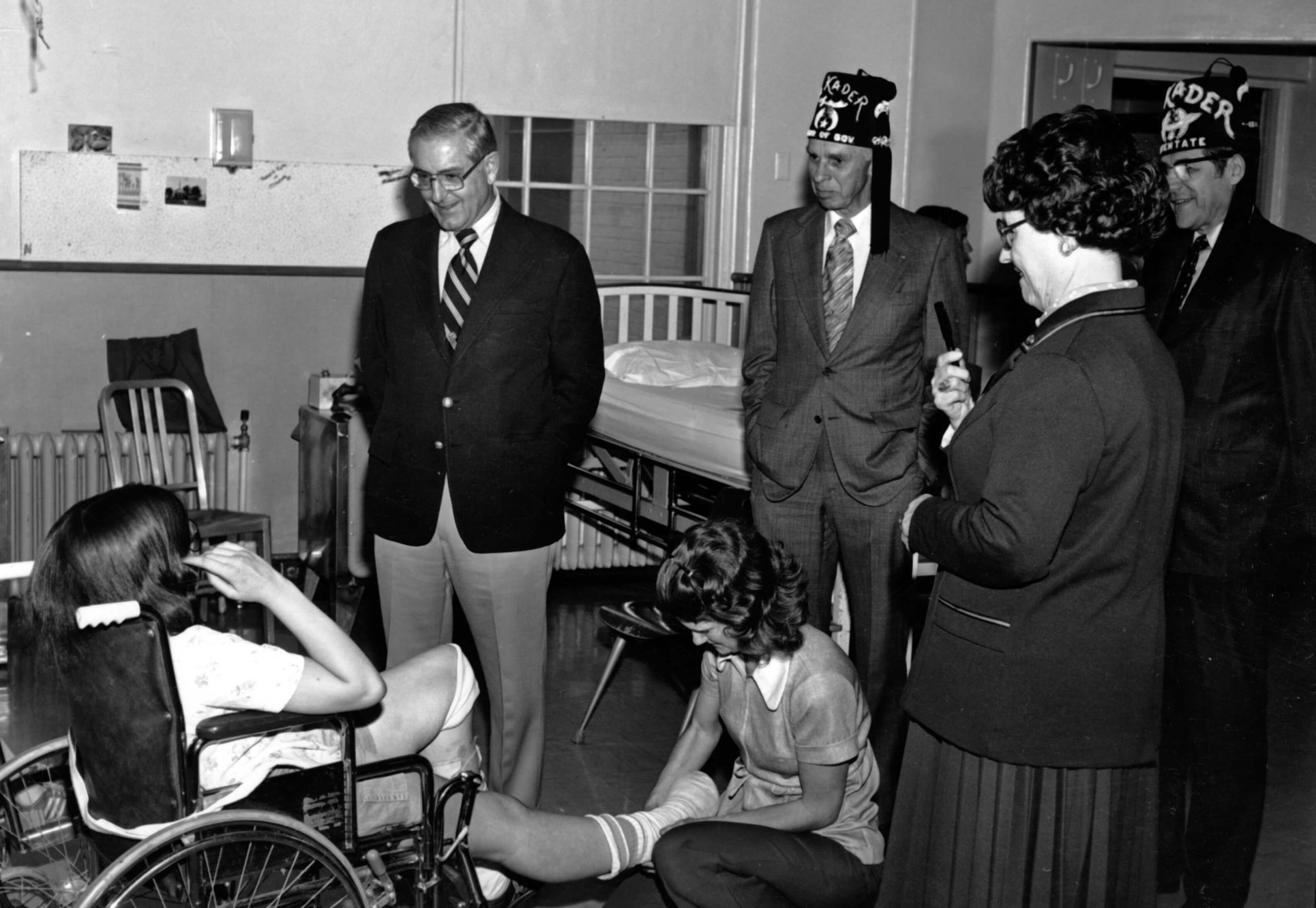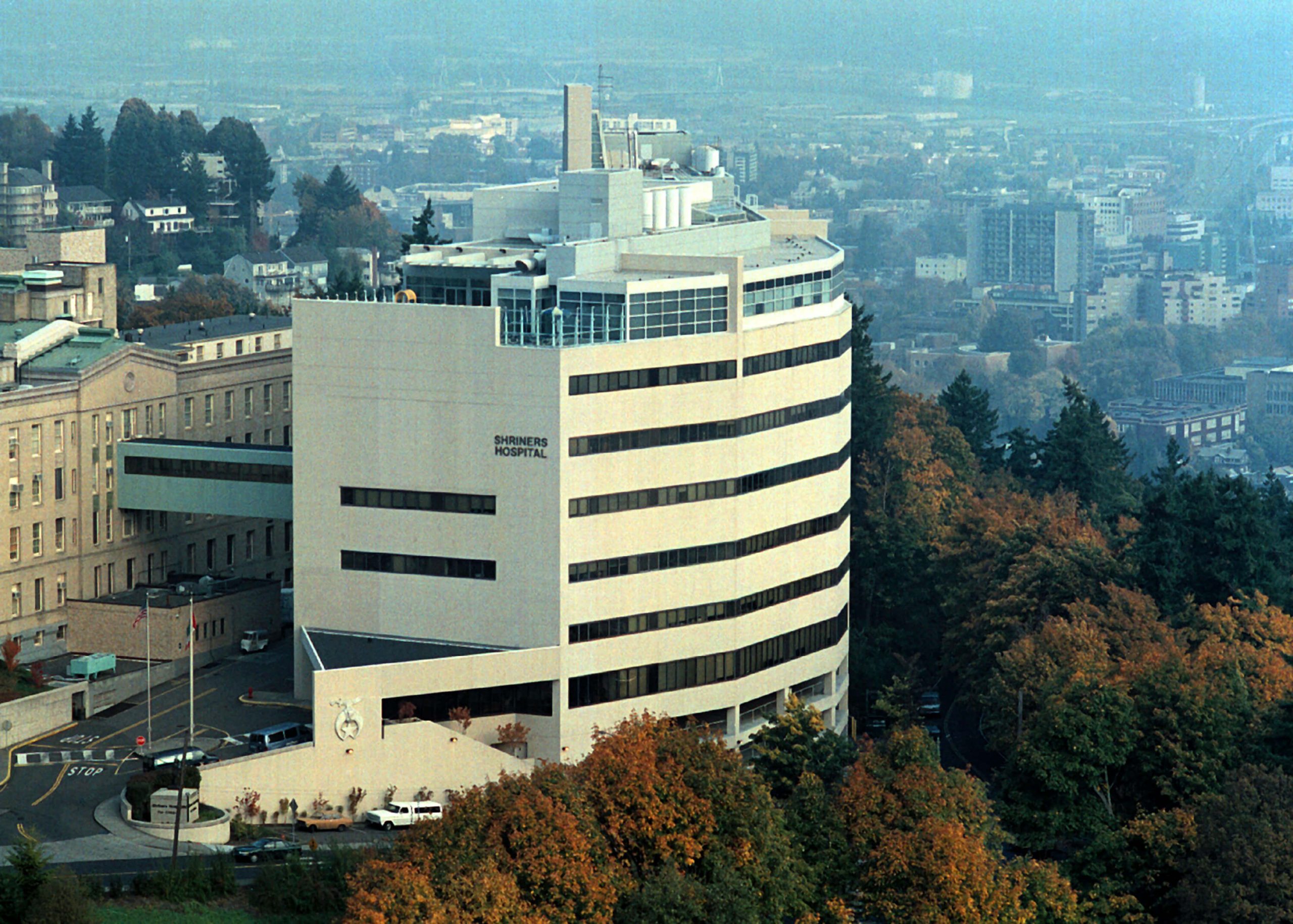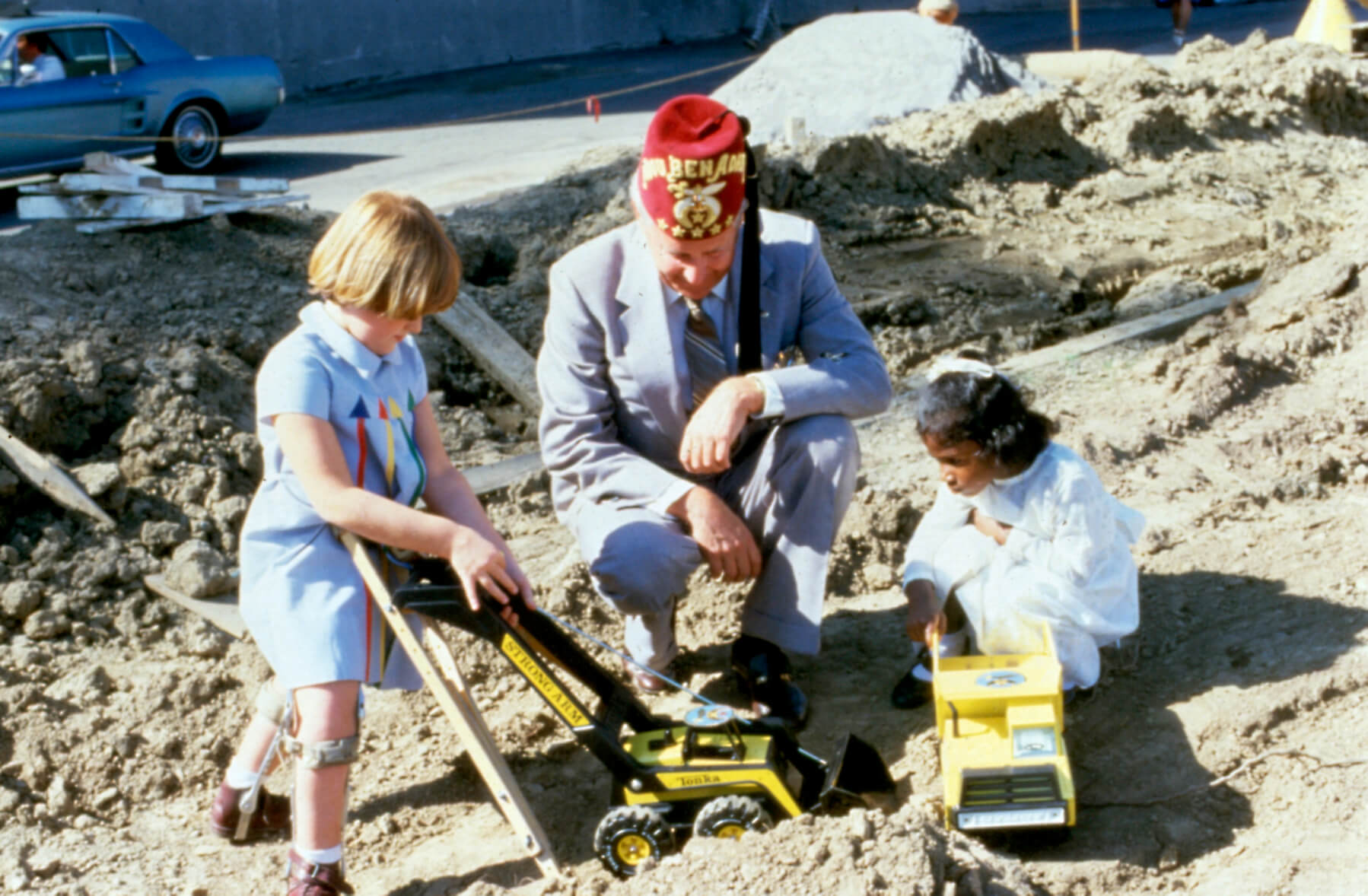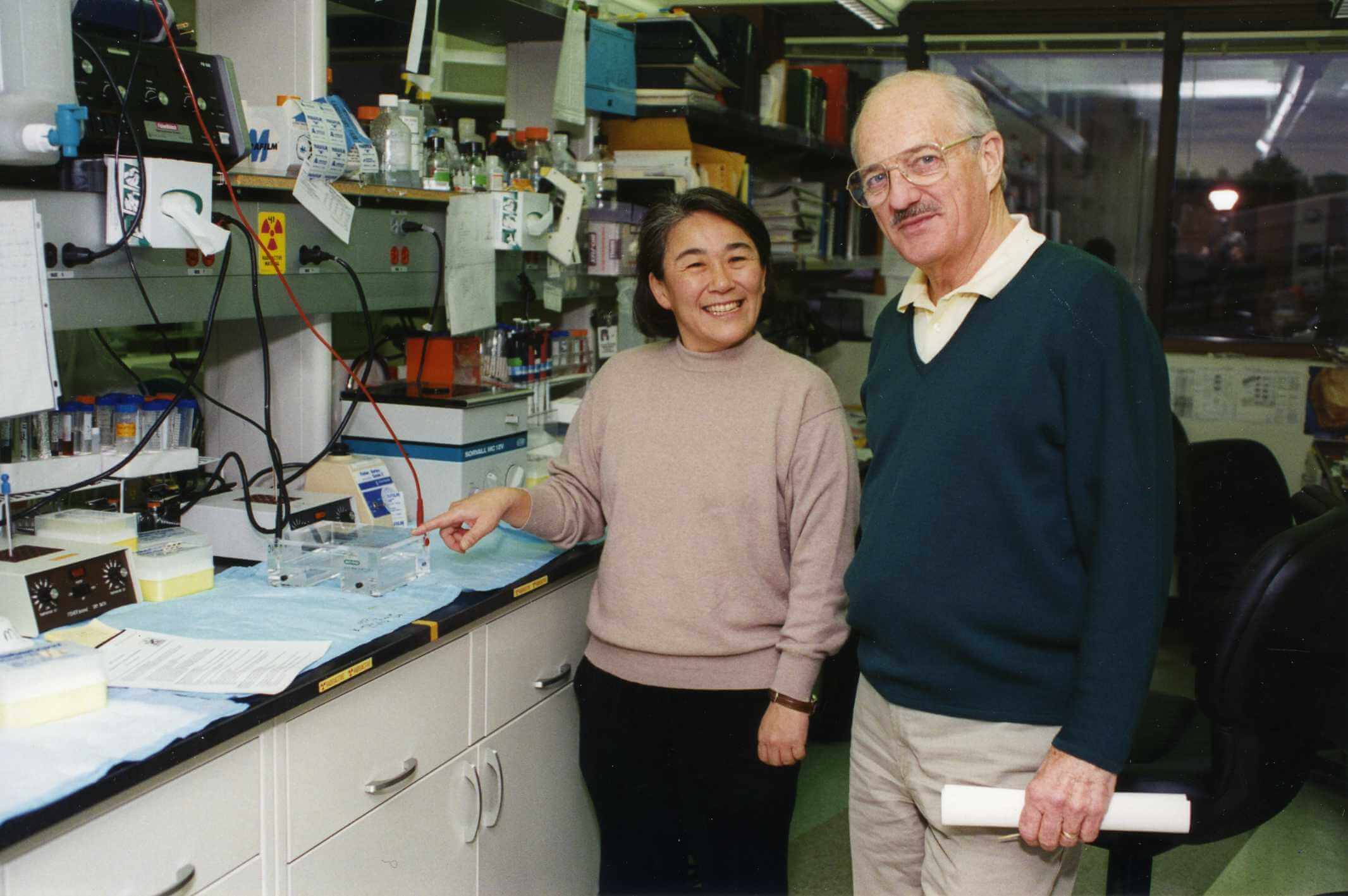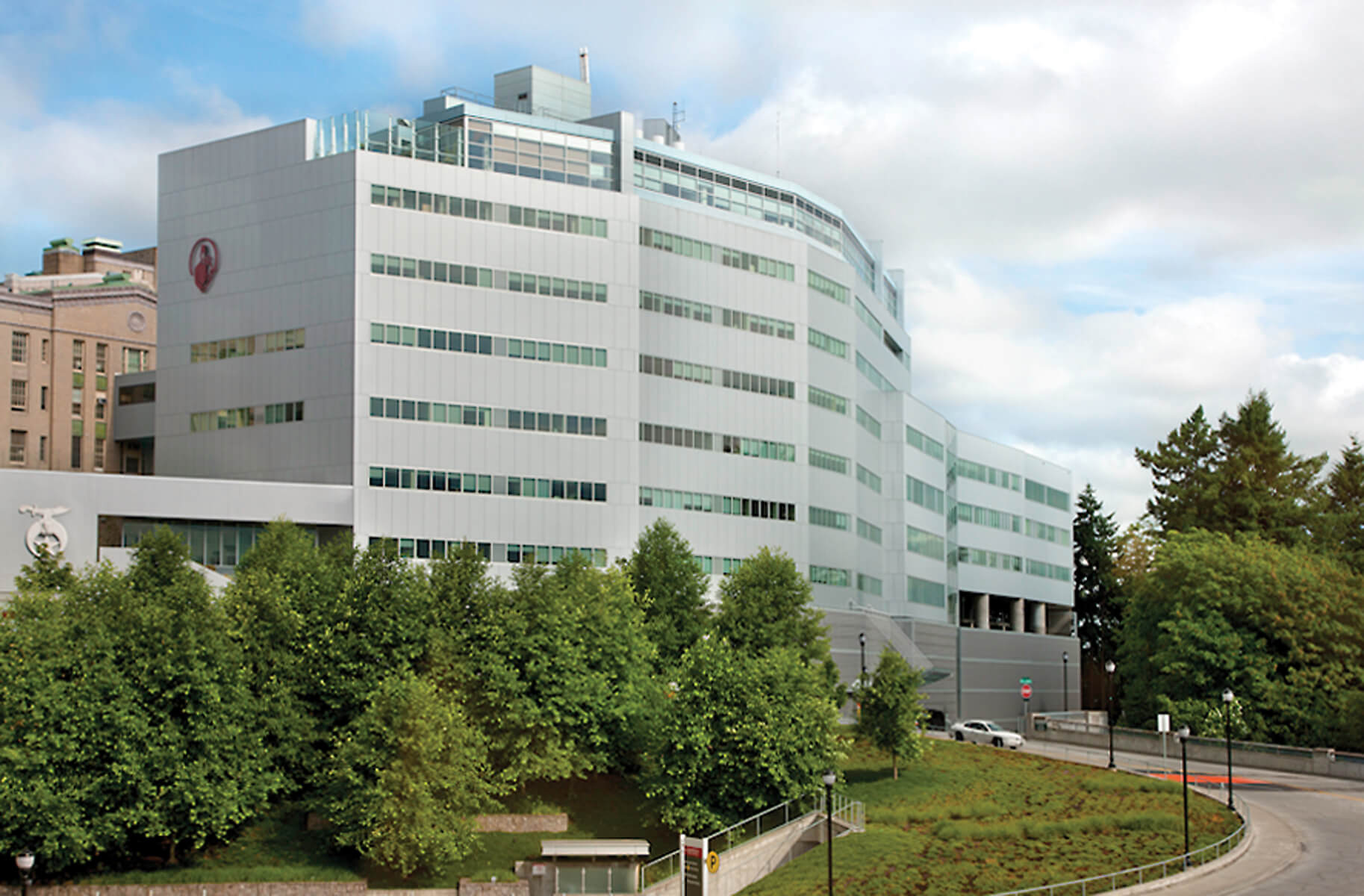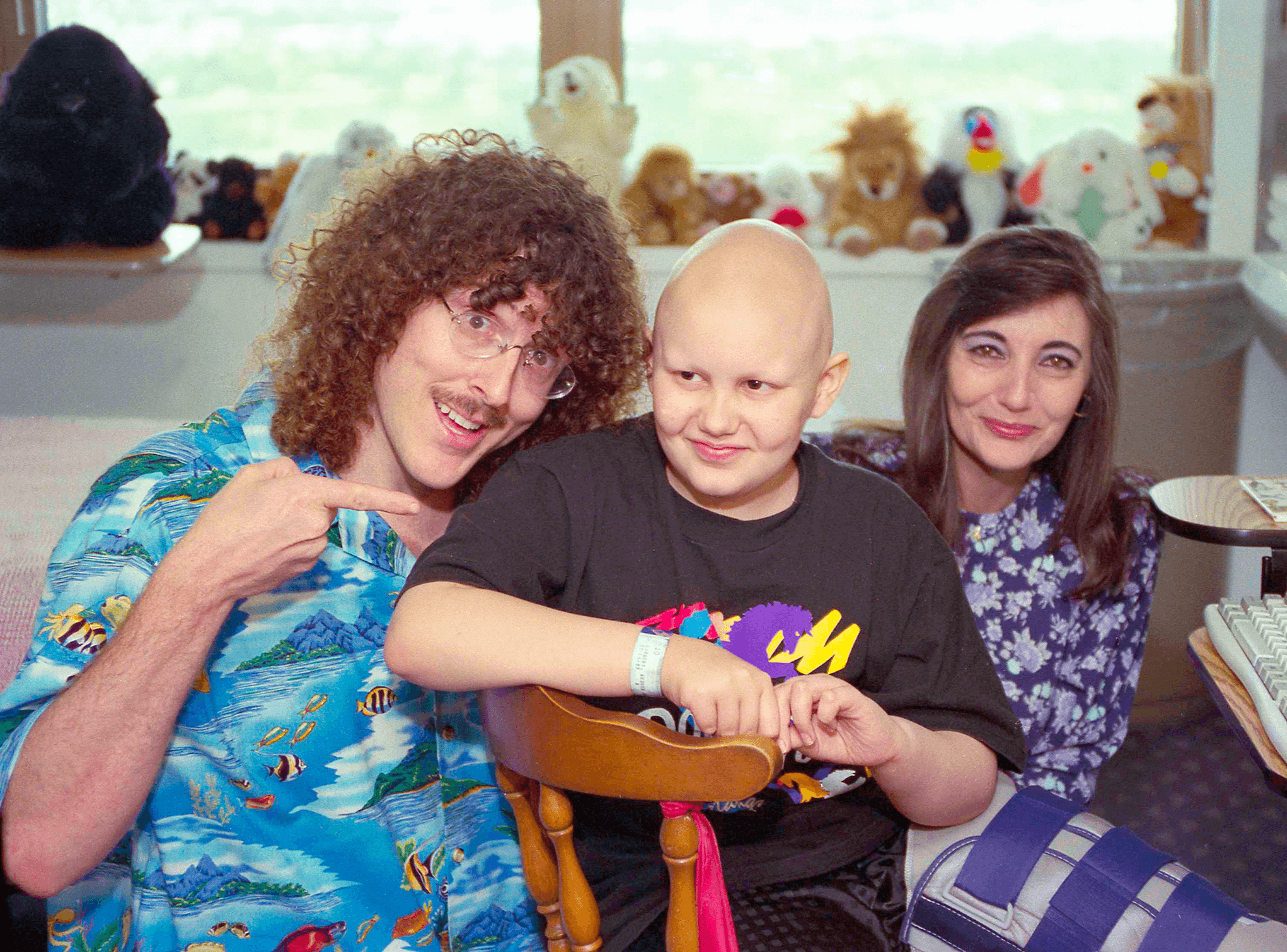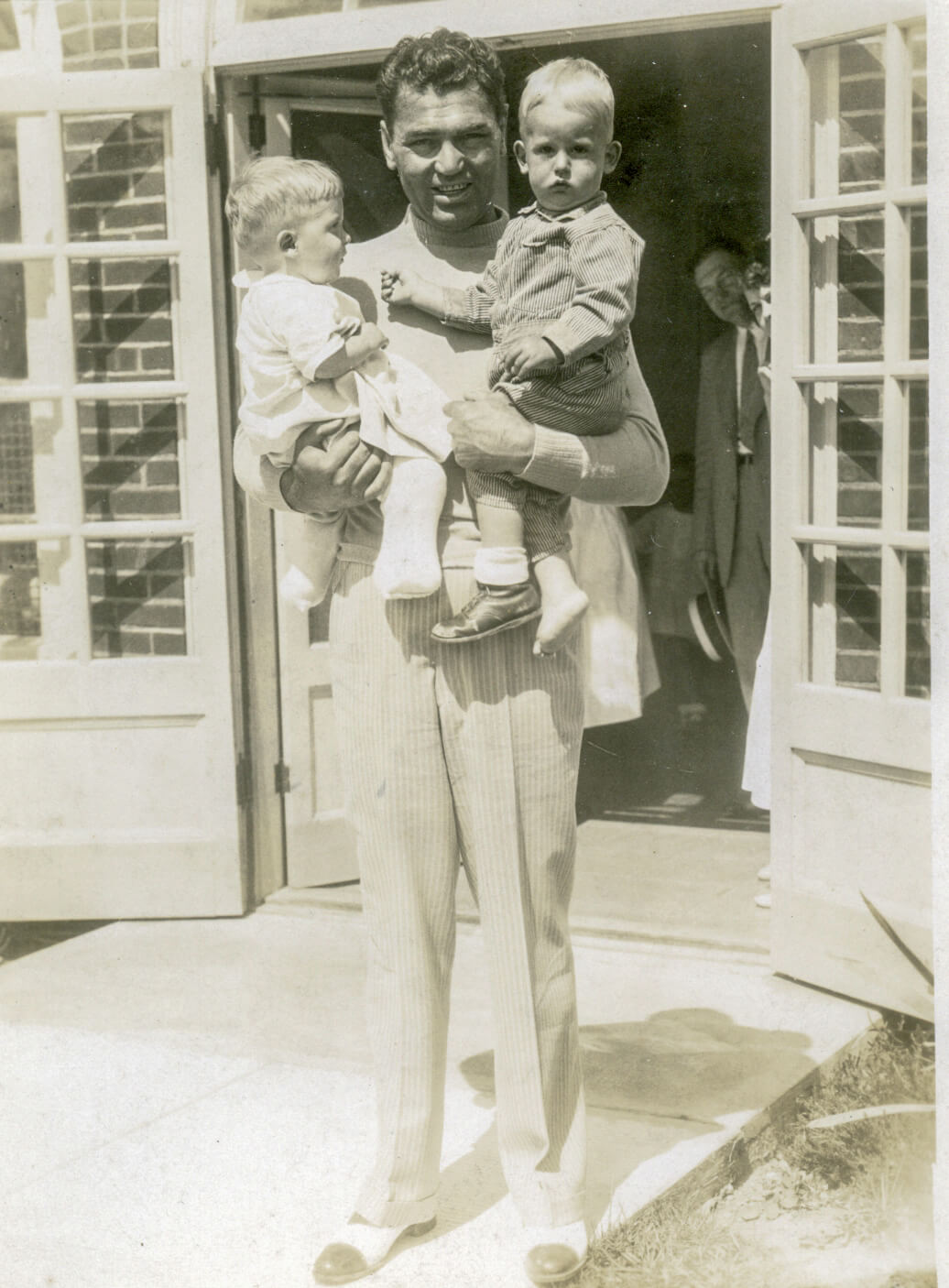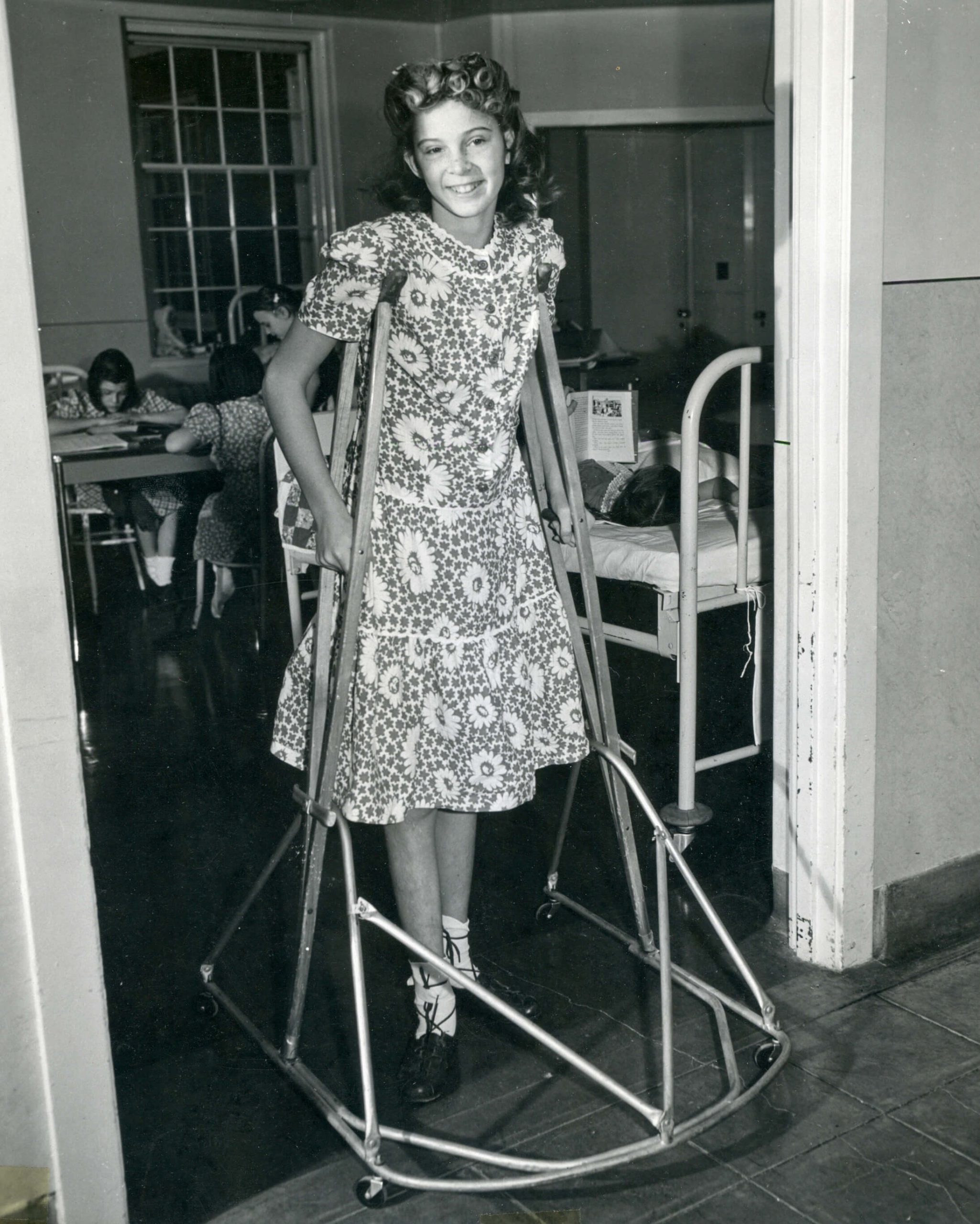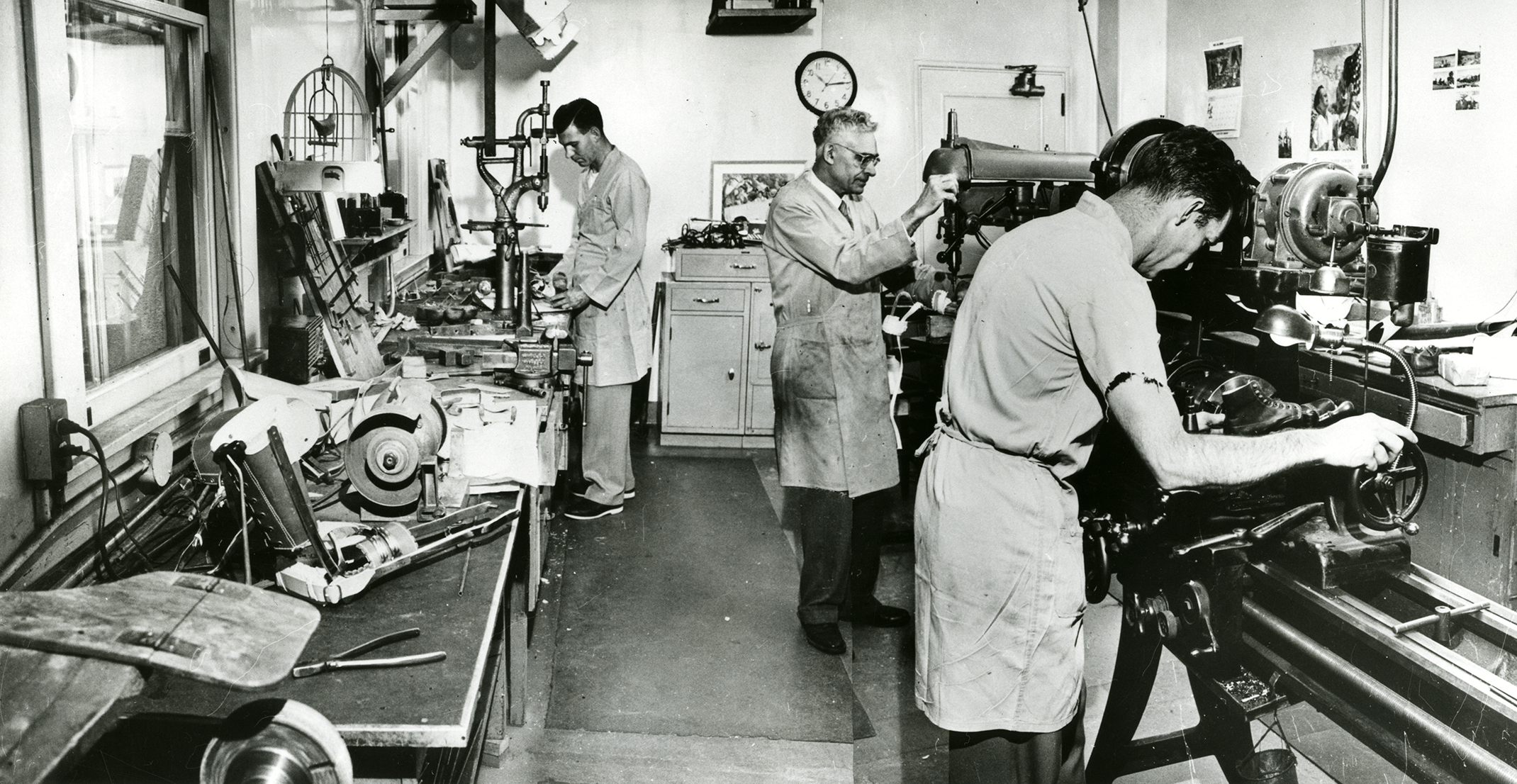Our
Story
Our History
Shriners Children’s Portland
Shriners Children’s Portland opened its doors in January of 1924 on northeast Sandy Boulevard in Portland, Oregon. Specialized pediatric orthopedic care was provided at that location until 1983 when the facility moved across the Willamette River to Marquam Hill, located in southwest Portland, where Shriners Children’s Portland is located today.
Since opening its doors, the hospital has been remodeled and undergone a major expansion. It now has three operating rooms, outpatient and inpatient units, research, Pediatric Orthotics and Prosthetic Services — Northwest (POPS), a robust rehabilitation department, and much more. Shriners Children’s Portland provides a full spectrum of pediatric orthopedic care to children up to the age of 18.
The comprehensive nature of care provided at Shriners Children’s Portland for children with orthopedic needs is unique, and a huge benefit and comfort to patients and their families.
Under the same roof where patients meet with their orthopedic surgeons, is a team of specialists available to treat each child and develop a plan of care. It eliminates the need to travel to multiple locations for different services and enables the patient to feel comfortable and familiar with their care team.
The rehabilitation department is comprised of physical therapists, occupational therapists, speech pathologists and a recreation therapist, who can consult with the child’s orthopedic surgeon for best outcomes.
The POPS team makes customized orthotics and prosthetics in-house for patients. From scoliosis braces to high impact running blades to every day foot orthotics, the team devotes their energies to helping kids be as active and mobile as possible.
Research takes place in a state-of-the-art lab and focuses on investigating issues around muscular-skeletal conditions including looking for causes, solutions and discoveries. Clinical research focuses on gathering data from patients who participate in various studies.
The surgical services department uses advanced technology like the O-arm and the Pentero Microscope, and is comprised of an incredibly skilled surgical team.
What follows is a record of significant events in the history of Shriners Children’s Portland.
Shriners Children’s Portland Historical Timeline
In the early half of the 1900s, polio affected thousands of people annually in the United States alone, especially children. The need for pediatric orthopedic services was great, and help was needed to treat the effects of polio and other conditions affecting the bones, joints and muscles. Members of the Shriners fraternity recognized that need and wanted to do something about it. But it almost didn’t happen.
Shriners Children’s Portland Chiefs of Staff
Teaching
Teaching the next generation of pediatric orthopedic providers is a priority at Shriners Children’s Portland. From its beginning in 1924, Shriners Children’s Portland has collaborated with OHSU and educates residents from OHSU on a continuing basis. Additionally, Shriners Children’s Portland is the only health care facility in the United States to host fellows from Australia – typically six per year.
Over the years Shriners Children’s Portland has hosted many fellows from the U.S. and various countries including China, Italy, England, Egypt, Israel, Argentina and Germany. In 1993, Armenian Garen Koloyan, M.D., PhD, completed his fellowship at Shriners Children’s Portland and later became a world leader making important developments in pediatric orthopedic care.
In honor of the hospital’s first chief of staff, Richard B. Dillehunt, M.D., the Dillehunt lecture series started in 1961. The annual event, hosted at Shriners Children’s Portland, invites an international guest speaker and expert in their specialty, to present to orthopedic surgeons in the Pacific Northwest.


